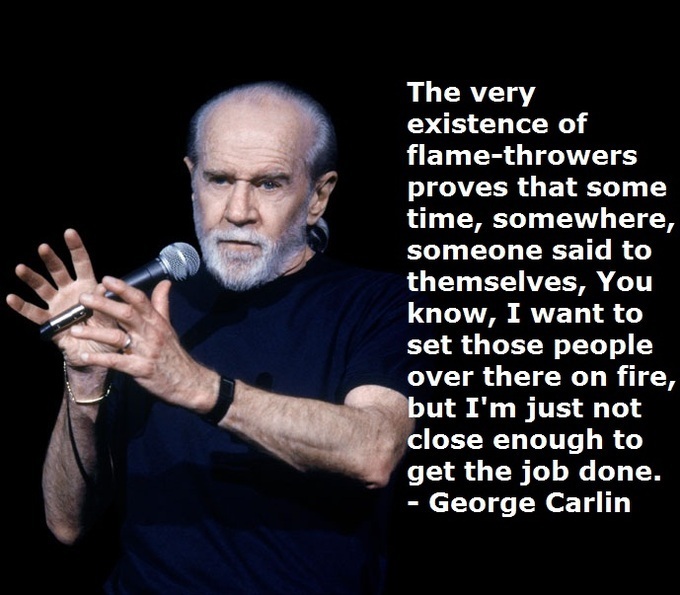This Is What Makes People Follow Through And Get The Job Done:
.
What creates follow through?
Many leaders want to inspire and there’s no doubt this can have powerful effects.
But is it really the most important thing when it comes to motivating people – or yourself – to follow through and get the job done?
Spasms, Seizures and Death
Did that get your attention? Gets the attention of research subjects, too.
Take a bunch of students and scare the hell out of them with horrific medical photos of what untreated tetanus can do to you.
Next, guess which group screams “YES!” at the top of their lungs when asked whether they they think it’s important to get vaccinated.
Of course, it’s the ones that saw the grisly photos.
Via Collaboration: How Leaders Avoid the Traps, Build Common Ground, and Reap Big Results:
In a gripping experiment that took place at Yale University in the 1960s, researchers showed students pictures of patients with tetanus—a disease that causes severe muscle spasms, locked jaws, seizures, and possibly death (many people were not vaccinated against it in the 1960s). To manipulate students’ attitudes, researchers showed some of the students only a small amount of information. Others were shown horrific photographs of a patient with convulsions—“his back arched upwards, his head whipped back, mouth slammed shut.” Afterward, all the students answered a question about their attitude: “How important do you think it is to get a tetanus shot?” Naturally, those who had seen the awful photos scored the highest.
Now guess which group actually shows up to get a real vaccination.
Neither.
When you measure what people actually do (going to get a shot) the photos had zero effect.
Via Collaboration: How Leaders Avoid the Traps, Build Common Ground, and Reap Big Results:
The researchers then measured which students actually went to get a tetanus shot at the university’s medical clinic. Amazingly, students who scored high on the attitude question were not more inclined than the others to get a shot. Different attitudes did not explain who went to get a shot!
Their attitude, their intense emotional feelings, their intentions – they all produced no change in follow through.
That’s not to say nothing had an effect.
What notably increased students showing up to get a tetanus shot?
Giving them a map and setting an appointment.
In short, a simple plan for how to get the job done.
Via Collaboration: How Leaders Avoid the Traps, Build Common Ground, and Reap Big Results:
And here’s the shocker: A portion of students received a detailed plan on how to get to the medical clinic; they were told the times when shots were available; they were given a map with the clinic clearly circled; and they were asked to review their schedule to find a time. Of the students who received this detailed plan, 28 percent went to get a shot, compared with 3 percent of students without the plan. Think about that: attitudinal change had no impact on behavior, but a simple plan for action had a massive effect! The insight: work on changing specific behaviors, not only on changing attitudes.
Inspiring people is always good.
But if you really want to help yourself or others to get things done, make sure to give them a plan.
Join 45K+ readers. Get a free weekly update via email here.
Related posts:
What 10 things should you do every day to improve your life?
Which professions have the most psychopaths? The fewest?
What is the single most important life lesson older people feel young people need to know?




